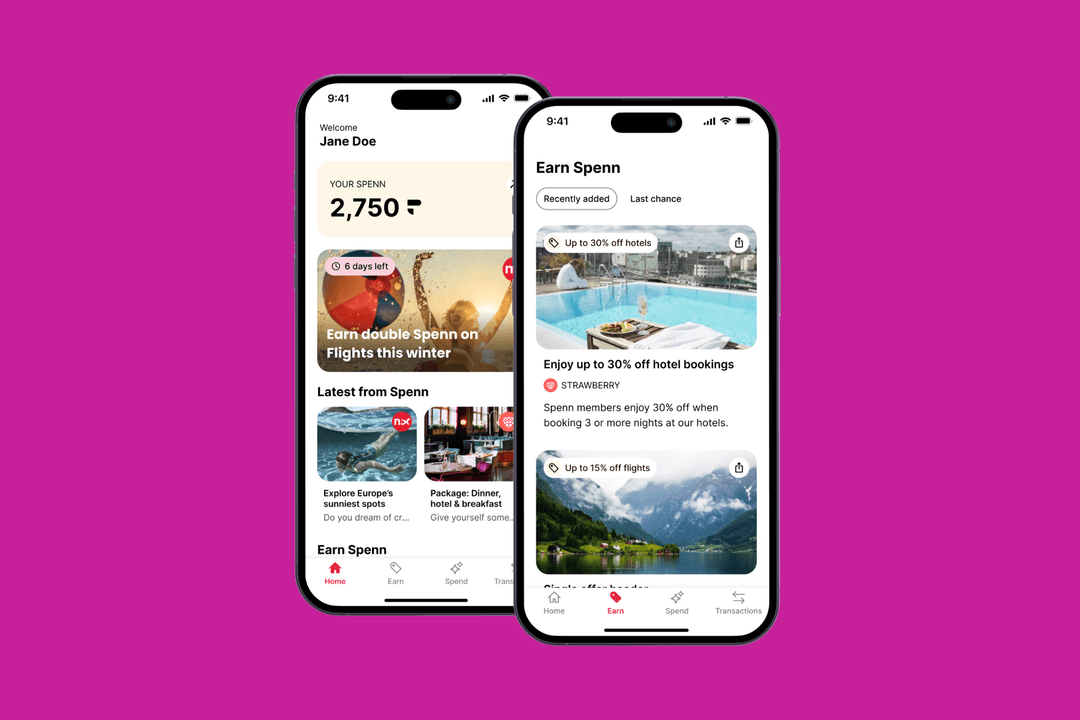Is the price always right? Choosing a suitable business model for your app
by Rebecca Stephenson-Director of Product|Thu Aug 04 2022
Should your app be free? What about a subscription model? And what even is a ‘freemium’ pricing strategy? In this article, Apadmi’s Head of Product Rebecca Stephenson, answers all of these questions and how important getting the right strategy is for your app’s success.
Pricing strategy explained: The different models available
Free
We all love getting something for nothing, and app users are no different! Offering your app for free means that you charge users absolutely nothing to install your app, which is definitely an effective way to encourage downloads.
You can make your app completely free, which means you won’t be directly generating revenue; however in some cases you could still drive revenue through affiliates or as an ecommerce platform. Alternatively, you can make the app free to download but with in-app advertisements that generate revenue by selling the ad space. Something worth keeping in mind with this strategy is that constant bombardment with ads could lead to poor user retention; people don’t want their in-app experience to be consistently interrupted.
Freemium
The freemium model allows users to initially download your app for free, but will later encourage users to spend in one way or another, once the app has been downloaded.
One of the main types of freemium models involves allowing users to download and use the app for a set period of time for free. After the promotional period ends, the user has to pay to continue using all the features of the app. This allows users to get a good taste of what your app has to offer before they commit to payment. Alternatively, you can keep your app free but prompt users to make in-app purchases to unlock certain additional features.
Paid
This strategy is simple; users pay once to download your app and use all its features for as long as they wish to. While this does guarantee revenue for each download, it can put users off as they are making a commitment to your app without a real guarantee of whether or not they will actually enjoy it. This is where a high app rating and positive reviews can play a key part in confirming the value of your app to potential users.
Subscription
A subscription-based strategy allows you to charge users a monthly or annual fee to continue using your app. This model allows users to easily opt-in and out of using your app, which can give them a sense of security when initially subscribing as the commitment does not feel as big.
How to choose which pricing strategy is right for your app?
Free - Making your app free might be right for you if you’re looking to offer customer service support that cuts down call centre costs, to encourage customers to join a loyalty program, to create a platform from which customers can purchase your products, or just to increase brand awareness and engagement.
Many of our clients use this model; Domino’s keeps their app free to download as a convenient platform from which customers can order. Likewise, Argos has its free My Argos Card app as a helpful companion tool to benefit those customers who have taken out their financial services product.
Freemium - If your aim is to eventually create revenue from downloads or in-app purchases but don’t want to deter customers with an initial high price point, a freemium app is great for showing users your value before they commit to some sort of payment. When picking a price point to unlock certain features, consider the added value of each payable feature; the value should always outweigh the cost. Remember, users are already enjoying elements of your app for free, they won’t be expecting to pay too much for additional features or to use the app once their free time is up.
Paid - This model can be appealing as each download guarantees revenue. However, it is worth considering that, according to Statista.com, half of all smartphone users have never paid for an app and that 94% of apps in the App Store and 96.8% of apps on Google Play are free. With your app competing for users’ attention against so many free apps, and with many people disregarding any app requiring upfront payment, choosing this strategy can present challenges.
However, if you have the right product for this model, do not be deterred. The most successful paid apps tend to centre around learning (specifically test preparation) and editing software, so consider this when picking your strategy. Paid apps usually range from £0.99 to £9.99; as with freemium make sure that your app value outweighs the price point.
Subscription - Subscription-based apps are widely used within a variety of categories from health and wellness to news and magazines. Our client Big Life Group operates a subscription-based news app called Street News at £4.99 per month; with regular content being added each month, the app continues to offer its user base continuous added value.
With the average Brit now spending £55 per month on subscriptions (according to TopCashBack.co.uk), this strategy is an appealing and popular way to create monthly revenue from your app. Is it right for your app? Well, be mindful that users will often expect added value each time their subscription renews. As long as you continue to offer plenty of fresh and interesting content and/or features, this strategy can build an engaged and loyal community.
Don’t forget your research!
Whichever business model you choose, remember market and competitor research is key to gaining an understanding of what users are already willing to pay (or not pay), for similar products and services.
Need help with getting the most out of your app?
At Apadmi our team of experts offer practical discovery sessions to ensure that your product strategy aligns with your business goals. If you’re unsure whether the pricing model you’ve opted for (or are thinking of opting for!) is most effective, contact us today for a free consultation.
Share

